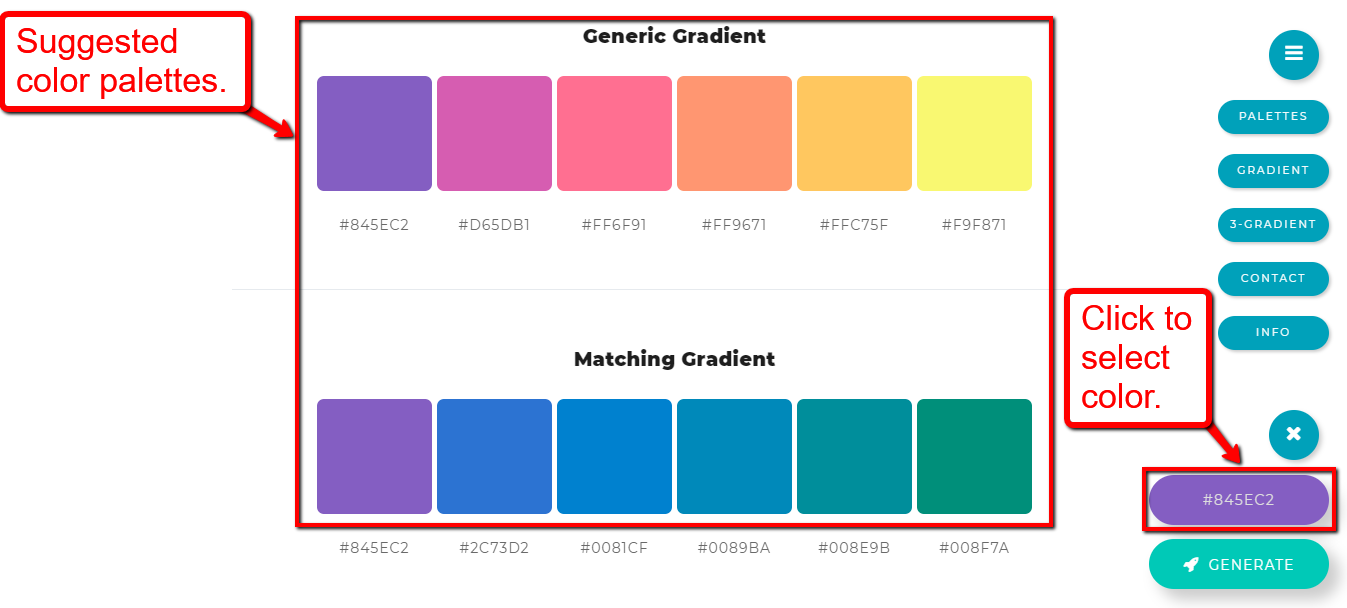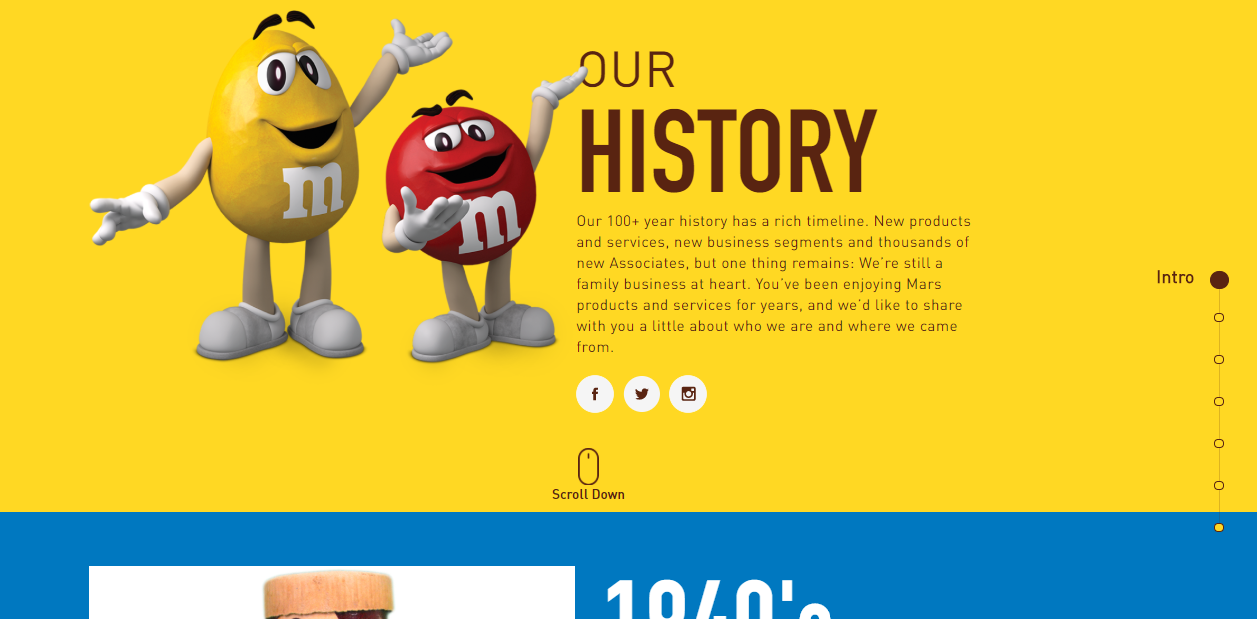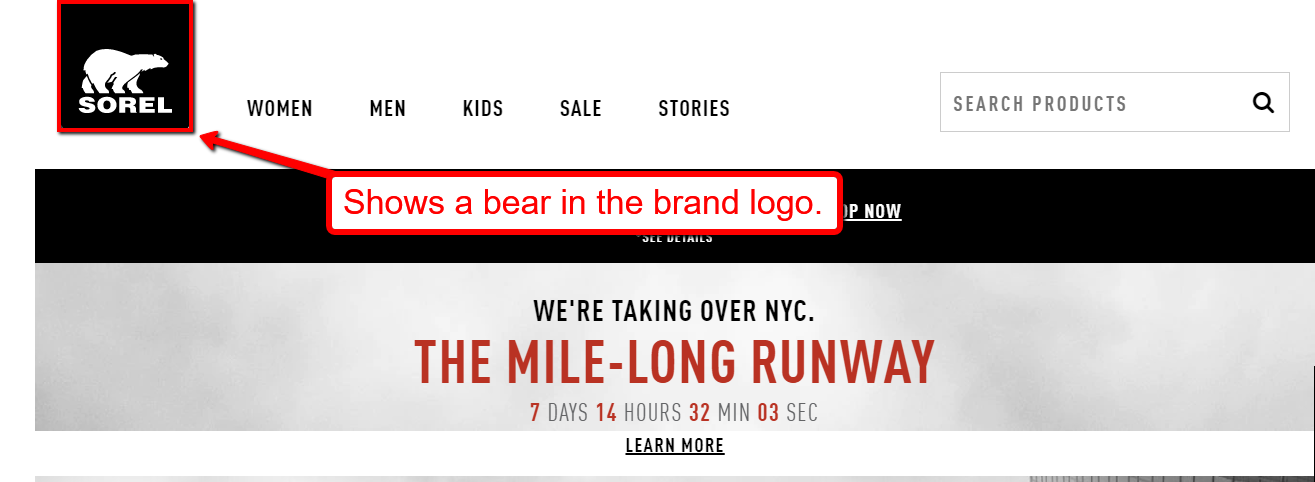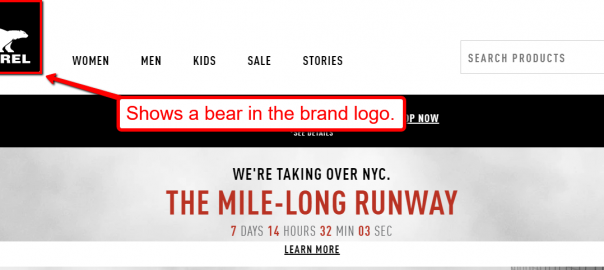 Image Source: Unsplash
Image Source: Unsplash
I know why you’re here.
You’ve been searching the internet looking for the best ways to build your ecommerce brand as successfully as the big guys like Amazon and eBay have done.
It can be overwhelming. I know.
The good news is, even successful ecommerce businesses like them had to start from somewhere, so building your ecommerce brand is something every ecommerce business owner can accomplish.
However, building your ecommerce brand isn’t as simple as you might think.
You need to take specific steps, have the right mindset, and at times, the creativity to help you stand out from your competitors.
With the right strategies, you can build a successful brand – one that combines your business goals with customer participation – that will ultimately help you achieve your primary goal, which is getting sales.
If you’re looking for those strategies to establish your brand, then read on to learn about these four tips on building your ecommerce brand from square one.
Let’s get right to it.
1. Establish Your Brand Identity
Your brand identity is the weaving of your brand message, how you convey your product to your customers, your values, and the emotions that you want to evoke from people when they interact with your brand.
As such, you’ll need to establish certain aspects of your brand identity – such as your Unique Selling Proposition (USP) – since they make up the cornerstone of your marketing efforts.
Here are a few tips to help you develop some of the fundamental aspects of establishing your brand identity.
- Integrate your Unique Selling Proposition. What can you offer your potential customers that others can’t and what makes your ecommerce business unique in your industry?
Weaving in your USP into your brand identity helps you craft the right message and present your products in a way that makes your brand unique in your target market. Integrate your Unique Selling Proposition. What can you offer your potential customers that others can’t and what makes your ecommerce business unique in your industry?
- Create your branding guide. Your branding guide defines your typography, color scheme, and the overall theme you’ll be using on your website and marketing materials.
You can work with graphic designers to help create your guide, but you can also take the DIY way by using online tools like ColorSpace to make it easier for you to come up with color palettes.

- Work with creative design services for your logo. Your logo is, in some ways, the face of your brand, so it plays a crucial role in your brand identity and marketing efforts.
Consider working with logo designers from different states to ensure that you come up with an effective logo that best represents your brand identity.
Your brand identity embodies (to an extent) what your business is and what it does, so it’s crucial that you establish it first since it plays a vital role in your marketing efforts and other aspects of your business.
2. Share Your Brand Story
People are naturally drawn to stories because it allows them to connect with the storyteller and give them insights about the steps that led the storyteller to succeed.
You can use this to your advantage by telling the story of your brand.
It’s a strategic way to build trust with your target customers and allow them a glimpse into the journey of your brand, plus, some of the “secrets” to the life of your business.
You can share your start-up story and be creative about it. It doesn’t have to be a long narrative with too many boring details.
Take a look at how the M&M’s website designed their About Us page using a one-page chronological order of their history for the past six decades.

Using creative elements and narrative formats like this for your brand story can help get the message you want to communicate to your target customers.
Telling your brand story is a great opportunity for you to position your business as a brand that stands out from the rest, and you can even integrate storytelling into your SEO content.
Plus, your story helps your target audience know you better, allowing you to build a relationship with them, foster trust, and increase your sales.
3. Develop Your Brand Persona
The fact is, your brand can’t please everyone, but what you can do is focus your efforts by tailoring your marketing and messaging to the needs of your customers.
This means that you need to identify your market and present your products in a way that will resonate with your target customers.
To do this, you’ll need to develop your brand persona to help you create realistic and reliable representations of your audience segments that you can use as a reference for your branding marketing efforts.
However, the question is, how do you develop your brand persona?
Think of it this way: To create your brand persona, you need to visualize the kind of person that you think is most likely to be interested in your products, then craft your message for them.
Here are a few elements to consider when developing your brand persona.
- Make an overview of your brand.
- Create your personality image. Determine what or whom your persona looks like. Is it an object, person, or animal?
 Image Source: Sorel.com
Image Source: Sorel.com
- List the traits of your brand that you want to highlight.
- Lay out the personality that you like from your list of traits.
- Explain how your brand persona would talk and create sample messages.
Developing your persona is essential to the branding of your online business since it helps guide your marketing messaging and your content convey what makes your brand distinct from your competitors.
It also shows your target customers that your brand is more than just a company, but something they can relate with and get value from, ultimately leading them to buy your products.
4. Personalize Your Customer’s Experience
Your branding touches on many aspects of your business, including your web design and its importance in ecommerce.
However, if you fail to factor in providing a personalized and unique customer experience, then you’ll be missing out on establishing your brand.
You need to consider how to personalize the customer experience in ways that align with your goals, mission, and overall brand identity.
For instance, you can offer branded packaging for your customers to allow for memorable unboxing experiences, which helps you provide a positive impression. Another way, you can offer different customer groups various rewarding programs to gain loyal customers and extend your brand.
It’s also an experience that your customers can share through social media, and help spread your brand awareness.
For example, the honey jar shapes in the screenshot below show a unique packaging design.
 Image Source: HexagonHoney
Image Source: HexagonHoney
By using a hexagon (the natural shape that you can find inside a honeycomb), the brand shows the naturalness of its product.
A creative packaging design like this not only offers a unique customer experience, but it can also leave a lasting first impression while answering the need for natural products.
Remember that you can only make an excellent FIRST impression on your target customers once so make it count.
By personalizing the customer experience, your brand can stand out from your competitors, gain loyal customers, and extend your branding.
Build Your Brand
Building your ecommerce brand is an investment of your time, energy, and financial resources, but it’s something necessary and will give you huge returns.
By taking the right approach, you can create a brand that will spell success for your ecommerce business.
Did you find this post useful? Please click on the share button. Cheers!
Digital & Social Articles on Business 2 Community
(50)







